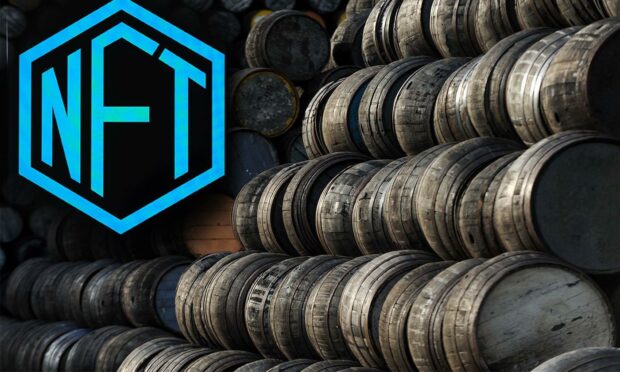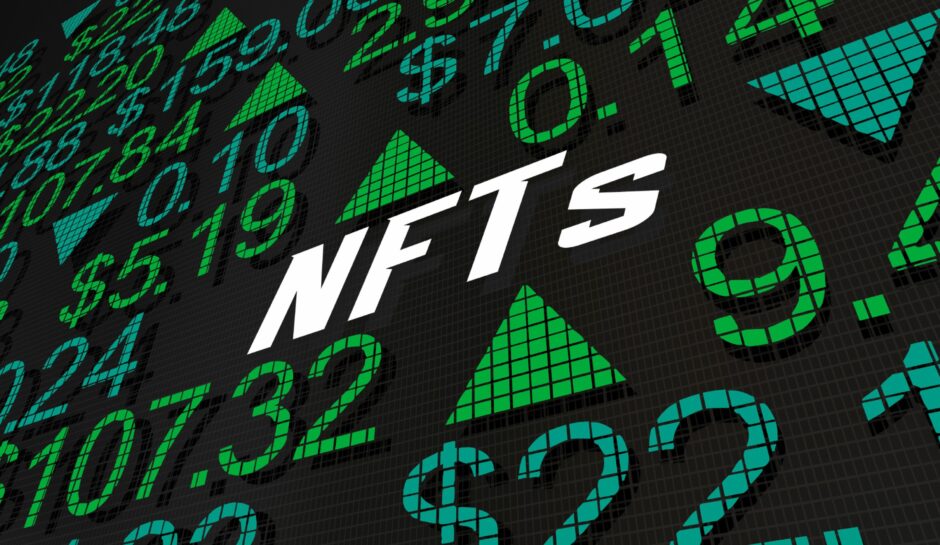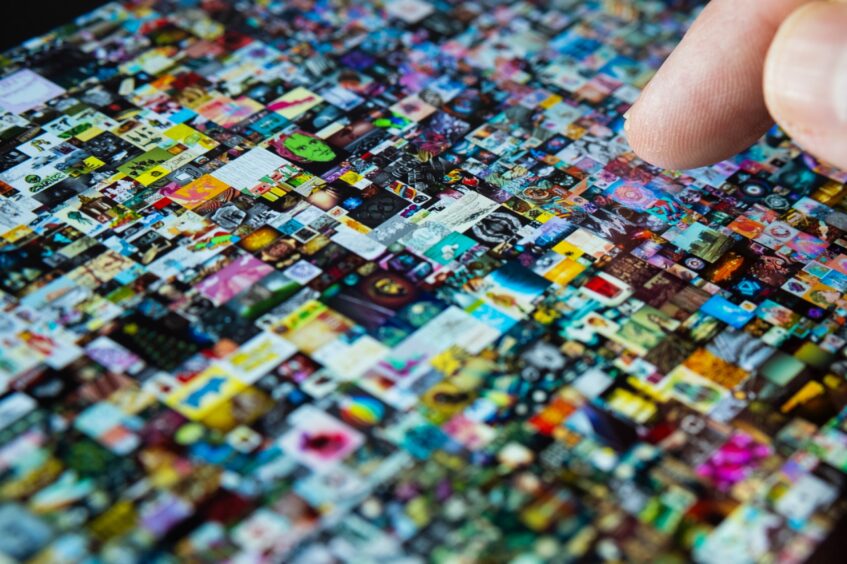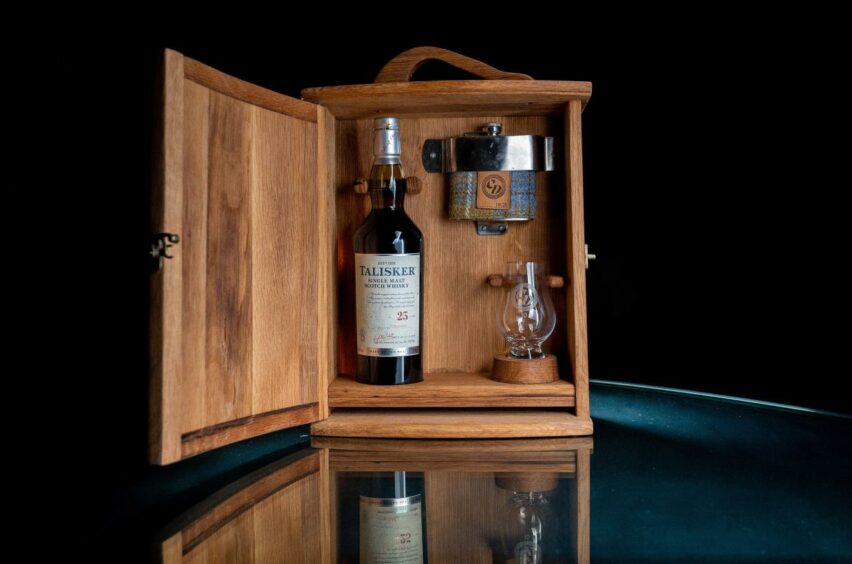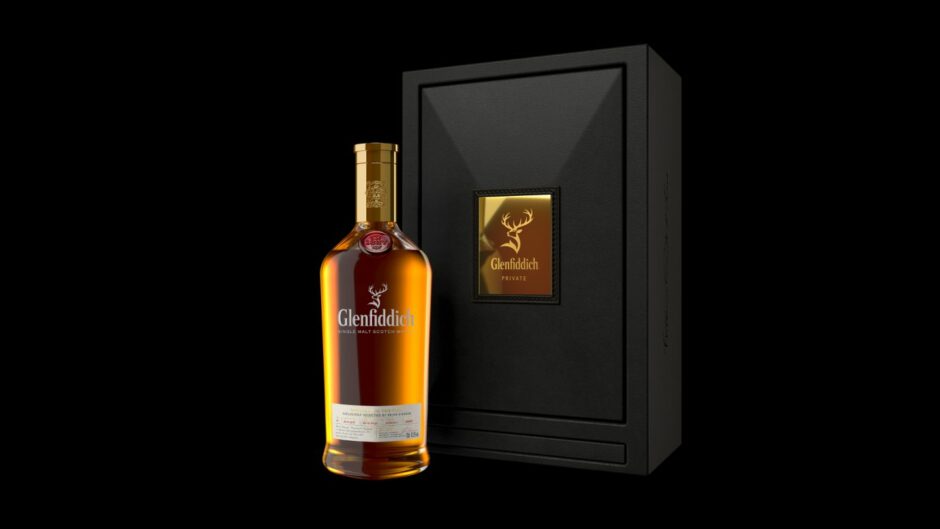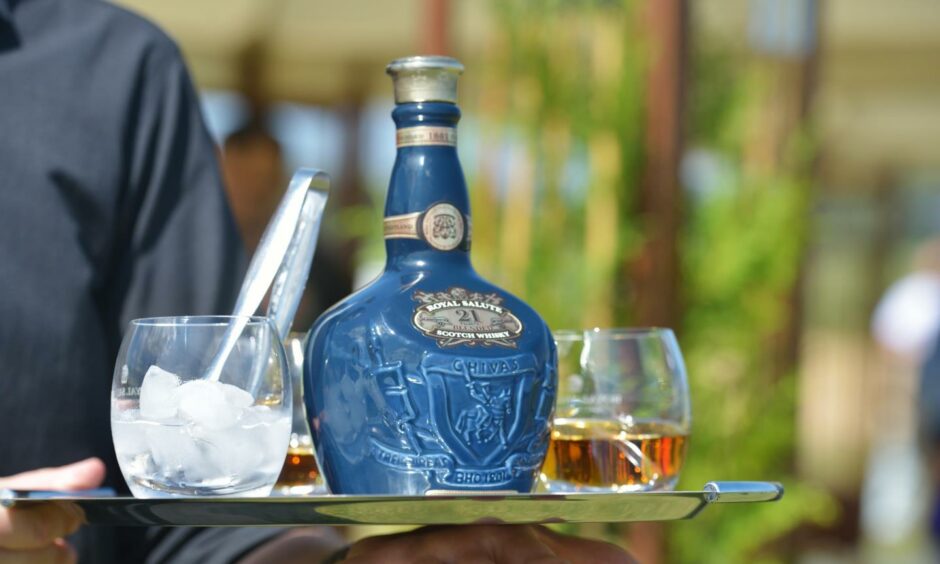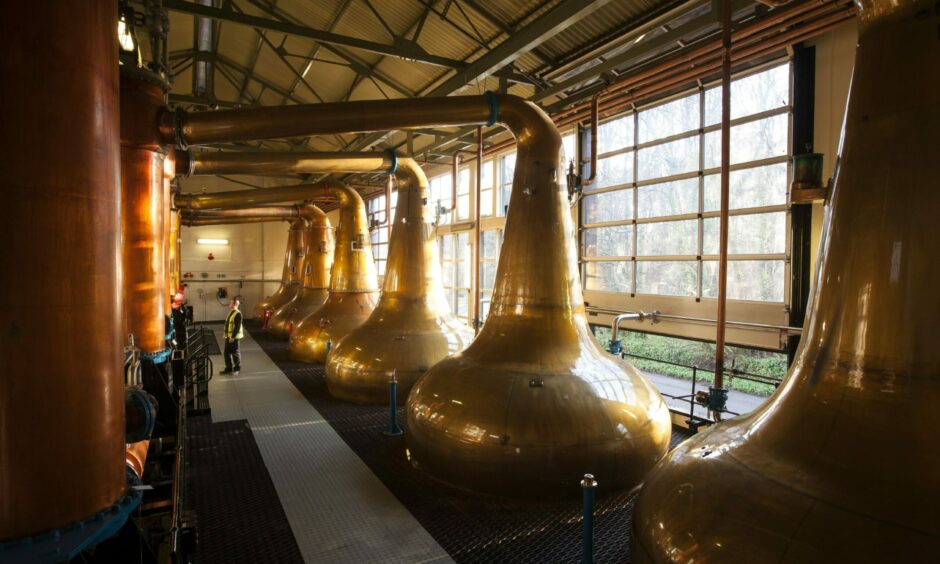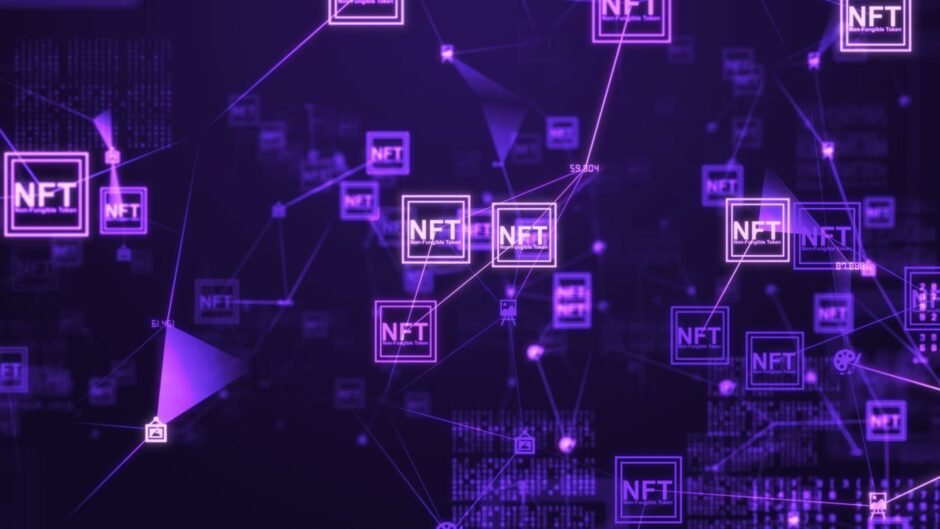Peter Ranscombe gets to grips with the new ways in which the Scotch whisky industry is using non-fungible tokens (NFTs) to sell bottles and build brands.
One of the strangest aspects of digital technology is its obsession with three-letter acronyms – or TLAs to their friends.
From graphic user interface (GUI) and joint photographic expert group (JPG) through to rich site summary (RSS) and the worldwide web (WWW), the tech community isn’t happy until there’s a catchy acronym to save time and breathe.
Every now and again, one of those TLAs breaks through into the wider public consciousness – and NFTs are one of the latest to make that jump.
An NFT is a “non-fungible token”, to use its Sunday name.
Sadly, my faithful Collins Gem dictionary – circa 1994 from Nairn Academy – goes straight from “funfair” to “fungus” and misses out “fungible”, so I’ll resort to the internet for further explanation.
An NFT is a unique digital file – a one-off piece of data that’s different to every other piece of data.
It’s also a record of that file in a “blockchain” – an online database or “distributed ledger” that’s spread across the internet rather than stored in a single place – which lists details such as who created and owns it.
That record helps to prove the provenance of the digital file, and its traceability has led to a growing trade in digital files, from songs and pictures to animated stickers and even tweets.
Some of the most eye-watering prices paid for NFTs include £70.2 million, last December, for an image called The Merge by an artist named Pak, £53m for artist Beeple’s Everydays: The First 5,000 Days, and Canadian musician Grimes selling £4.6m-worth of digital art.
One of the biggest platforms for trading NFTs, OpenSea, was recently valued at £10.2 billion.
Aside from buying and selling the digital files themselves, whisky-makers are going further.
Instead of creating NFTs solely as data sitting on a server or a hard drive, distilleries are linking them to physical Scotch.
When a buyer purchases an NFT, they’re also taking ownership of a real bottle or cask – they can either sell the token or they can cash it in, or “burn” it, and receive the physical asset.
Many tokens also include an exclusive tour of the distillery.
The NFT becomes a way of authenticating ownership – it’s a digital “proof of purchase”, akin to a printed till receipt.
Last October a cask of 1991 Macallan and an accompanying NFT sold for £1.8m, while 15 NFTs linked to a bottle of 46-year-old Glenfiddich sold for £13,760 each the following month.
The Dalmore sold 25 sets of whiskies from four decades for about £105,300 each.
With the same big brands popping up during NFT sales as at the big auction houses in the “real world”, will these digital tokens become the sole preserve of large companies, or could smaller distilleries or start-ups harness them?
Sam Falic, co-founder of BlockBar, an NFT platform for spirits brands and the partner for releases by The Dalmore, Glenfiddich and Chivas Brothers’ Royal Salute, said: “There is room for every brand, big or small, to enter the NFT space.
“NFTs are an efficient way to prove ownership, verify authenticity, and eliminate intermediaries.
“All brands could utilise the technology to interact directly with their consumers.”
Whisky marketing expert Mike McGrail highlighted some of the barriers for smaller distilleries.
“We’ve seen bigger brands such as The Dalmore and The Macallan move into the space already, but they have a couple of things that have really helped – resource and budget,” Mr McGrail said.
He added: “Success in this space takes time and knowledge, something that smaller brands may struggle to create due to having smaller teams.
“There’s a lot of technical aspects involved, from design to working with the blockchain, and understanding how the NFT community works and communicates.
“You also need marketing budget to allocate to the project.”
Growing demand for ‘activations’
Mr Falic said whisky-related NFTs that include a tour of the distillery or other experience – often called an “activation” in the marketing industry – were becoming more popular with buyers than those that are simply tied to a specific bottle.
“The world of whisky is fascinating,” he said, adding: “We see an increase in demand for activations beyond just the spirit itself.
“Consumers want to know more and interact with the brand.”
But what’s to stop someone from right-clicking on the image of an NFT, saving the picture as a JPG and then uploading it to their social media accounts to pretend they’ve bought an expensive bottle of Scotch?
“It’s similar to the way this works in the real world – if someone posts a picture of a fancy car on social media does that mean they own it?” explained Mr Falic.
“While people can post pictures claiming they own something, what blockchain does is it creates an easy way to check proof of ownership.
“So, someone can post our bottle on their social media but they would not be able to sell it on our platform.”
Proof of purchase is an important factor if buyers sell their NFTs.
Mr Falic said: “The secondary market is still in very early stages.
“BlockBar NFTs are not for people looking to get rich quick.
“Many people who buy high-end spirits tend to hold onto them for a bit before consuming or reselling.”
NFTs may bring wider benefits by introducing the spirit to tech-savvy investors.
Mr McGrail said: “Tapping into the highly-active and passionate NFT community can really expose a brand to a new segment of customers, but also pique the interest of those looking for ‘the next big thing’, even if they may not be hugely interested in whisky.
“They need to be careful though, as the NFT community can be very vocal and won’t think twice about calling-out something they see as overly marketed.”
As NFTs become more mainstream with consumers, we’ll see more and more whisky brands looking to get involved, but it’s still not there yet.”
Mike McGrail, whisky marketing expert.
He added: “In all honesty, I think a huge chunk of distilleries won’t have NFTs on their radar right now.
“They may be aware but see it as too hard to enter or struggle to understand the ‘why’ and the benefits.
“They will certainly need help and at least the likes of BlockBar can offer it, but it’s not going to be realistic for a lot of them.
“As NFTs become more mainstream with consumers, we’ll see more and more whisky brands looking to get involved, but it’s still not there yet.”
